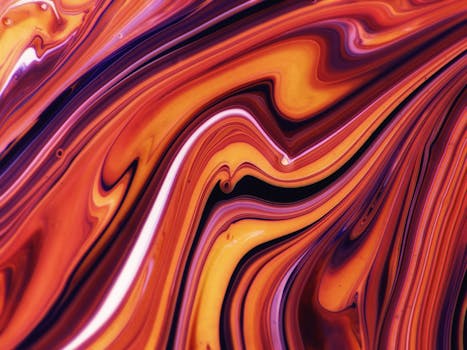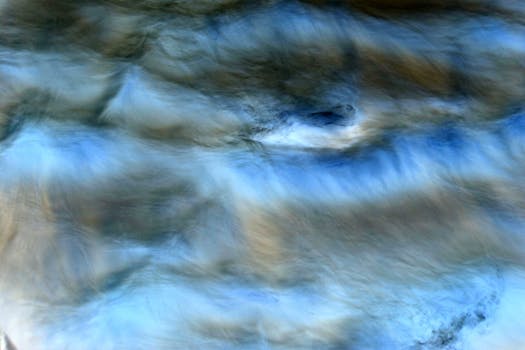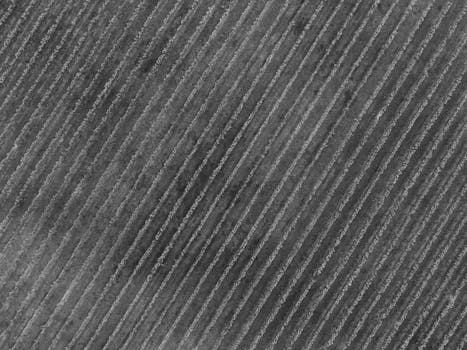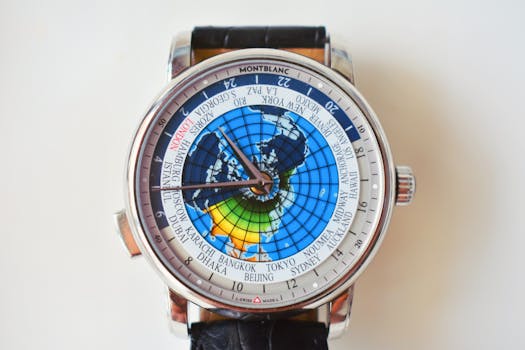
Mixing Textures and Patterns for a Dynamic Look in WordPress
Mixing textures and patterns is an effective way to add visual interest to your WordPress website. Mixing textures and patterns can create a dynamic look that captures the attention of your visitors and makes your website stand out from the crowd. In this article, we will explore the benefits of mixing textures and patterns, provide tips on how to combine them effectively, and discuss the best practices for implementing them in your WordPress website.
Benefits of Mixing Textures and Patterns

Mixing textures and patterns can add depth, visual interest, and personality to your website. It can also help to create a unique and memorable brand identity. When used effectively, textures and patterns can:
- Add visual interest and depth to your website
- Create a unique and memorable brand identity
- Enhance the user experience and engagement
- Set your website apart from the competition
Tips for Mixing Textures and Patterns

When mixing textures and patterns, it’s essential to consider the overall aesthetic and mood you want to create. Here are some tips to help you get started:
- Start with a neutral background: Use a neutral background to provide a clean and simple foundation for your textures and patterns.
- Choose a limited color palette: Select a limited color palette to ensure that your textures and patterns don’t clash or overwhelm the visitor.
- Vary the scale and proportion: Vary the scale and proportion of your textures and patterns to create visual interest and depth.
- Balance rough and smooth textures: Balance rough and smooth textures to create a visually appealing contrast.
- Don’t overdo it: Don’t overdo it – too many textures and patterns can be overwhelming and detract from the content.
Best Practices for Implementing Textures and Patterns in WordPress

When implementing textures and patterns in your WordPress website, it’s essential to consider the technical aspects and best practices. Here are some tips to help you get started:
- Use high-quality images: Use high-quality images to ensure that your textures and patterns look crisp and clear.
- Optimize for web use: Optimize your images for web use by compressing them and reducing the file size.
- Use CSS and JavaScript judiciously: Use CSS and JavaScript judiciously to avoid slowing down your website.
- Test for responsiveness: Test your website for responsiveness to ensure that your textures and patterns look great on all devices.





1 thought on “Mixing Textures and Patterns for a Dynamic Look in WordPress”
Comments are closed.